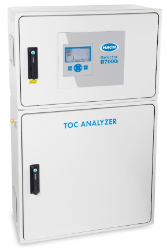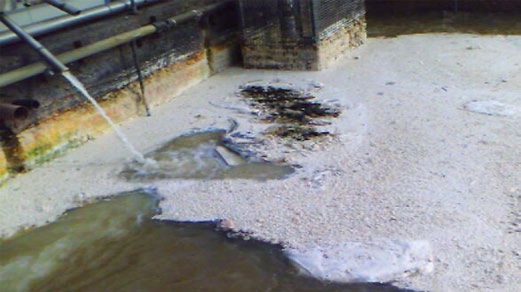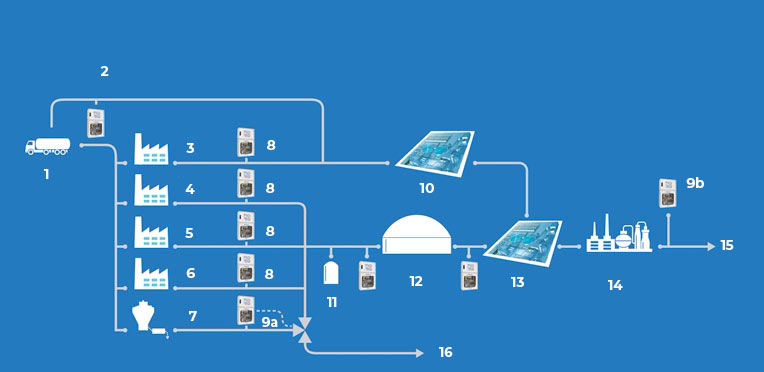dairy plant model in Table 3, TOC monitoring could directly save a plant up to $116,000 each year in reduced treatment costs.
The unique BioTector Two Stage Advanced Oxidation (TSAO) technology gives consistent accuracy and reliability so that clients can have confidence in the TOC measurements. TSAO eliminates buildup problems from salts (up to 30% w/w), calcium sludge (up to 12% w/w), particulates, sludge, and FOGS that lead to analyzer drift.
Typical industry sampling tube is ≤0.8 mm ID (inner diameter), whereas the BioTector B7000 sampling tubes are 3.2 mm ID. The powerful TSAO oxidation method allows particulates of up to 2 mm to be taken into the measurement for a more representative sampling. It also has up to one-thousand times bigger sample volumes to be used for reliable and representative sample measurement in comparison with conventional technologies. Hach BioTector analyzers can also be modified to monitor TOC + TN, TOC + TN + TP, or even COD/BOD.
A BioTector analyzer automatically self-cleans all parts of the analyzer, thus preventing clogging, sample contamination, and inaccurate results. The Hach Dairy BioTector B7000 analyzer only requires calibration and preventative maintenance in six-monthly intervals. These analyzers have delivered consistently high performance in dairy applications, meeting MCERTs certified uptime of 99.86% and typical result accuracy and repeatability better than ±3% of reading.

Figure 3: BioTector B7000i Dairy On-line TOC Analyzer
Conclusion
There is much anticipation in the European dairy industry surrounding the on-farm milk volume expansion following the abolition of European milk quotas in 2015. Supplier surveys indicate that milk production will increase dramatically between 2015 and 2020. This will create many opportunities for the dairy industry, and many new challenges in terms of sustainability, process efficiencies, and WWTP capacity– challenges that Hach will continually work with the dairy industry to address with reliable and cost-effective solutions.





 Recurring Orders
Recurring Orders 



